I need a house herb expert, on mildew, lights, pots, and aphids.
batmanpez
14 years ago
Featured Answer
Comments (12)
batmanpez
14 years agolast modified: 9 years agorhizo_1 (North AL) zone 7
14 years agolast modified: 9 years agoRelated Professionals
Allen Landscape Architects & Landscape Designers · North New Hyde Park Landscape Architects & Landscape Designers · Berkeley Heights Landscape Contractors · Clark Landscape Contractors · Hayden Landscape Contractors · Mission Landscape Contractors · Old Saybrook Landscape Contractors · Rochester Landscape Contractors · Santa Ana Landscape Contractors · South Portland Landscape Contractors · Spring Landscape Contractors · Fort Myers Roofing & Gutters · Orlando Roofing & Gutters · Weehawken Roofing & Gutters · Colonia Roofing & Guttersbuyorsell888
14 years agolast modified: 9 years agofatamorgana2121
14 years agolast modified: 9 years agobatmanpez
14 years agolast modified: 9 years agofatamorgana2121
14 years agolast modified: 9 years agocyrus_gardner
14 years agolast modified: 9 years agobatmanpez
14 years agolast modified: 9 years agobatmanpez
13 years agolast modified: 9 years agonygardener
13 years agolast modified: 9 years agoflora_uk
13 years agolast modified: 9 years ago
Related Stories

FARM YOUR YARDHow to Grow Vegetables in Containers
Get glorious vegetables and fruits on your patio with a pro’s guidance — including his personal recipe for potting mix
Full Story
WINTER GARDENINGPruning Secrets for Exquisite Roses
Encourage gorgeous blooms year after year with this time-tested advice on how to prune your rosebush in winter for health and shape
Full Story
MOST POPULARPros and Cons of 5 Popular Kitchen Flooring Materials
Which kitchen flooring is right for you? An expert gives us the rundown
Full Story
SUMMER GARDENINGHow to Grow Basil
Bright color, quick growth and endless uses for cooking make this summer annual a winner in the garden or a pot
Full Story
GARDENING GUIDESHerb Garden Essentials: Grow Your Own Delicious Mint
Pull out a pot for this one. Mint's spreading habit and hard-to-kill nature can be a blessing — if you're properly prepared
Full Story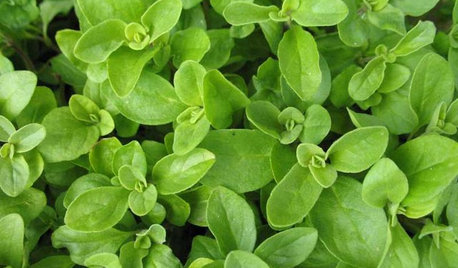
EDIBLE GARDENSHerb Garden Essentials: Grow Your Own Oregano and Marjoram
Say 'buon giorno' to classic Italian herbs you can grow just as easily in pots as in the summer garden
Full Story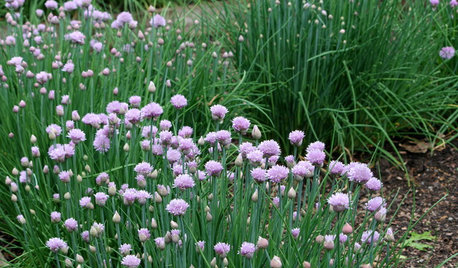
HERBSHerb Garden Essentials: How to Grow Chives
This decorative and delicately flavored herb from the onion family is easy to grow indoors and out
Full Story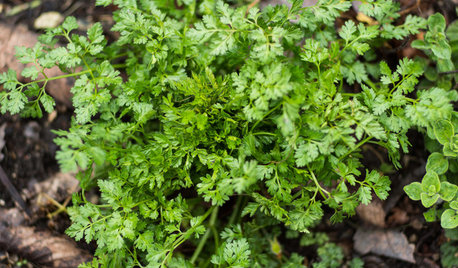
EDIBLE GARDENSHerb Garden Essentials: Discover Delicate Chervil
Go beyond the tried-and-true edible herbs and try this nonconformist that's surprisingly easy to grow
Full Story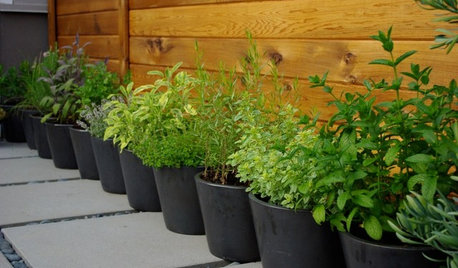
GARDENING GUIDES6 Ways to Grow Edibles in Small Places
No big backyard? Join in the grow-your-own fun with these small-space ideas for planting vegetables, fruits and herbs
Full Story
REGIONAL GARDEN GUIDESCalifornia Gardener's March Checklist
Give natives and tropicals a well-deserved spotlight — plus, discover an easy herb that keeps on giving
Full StoryMore Discussions







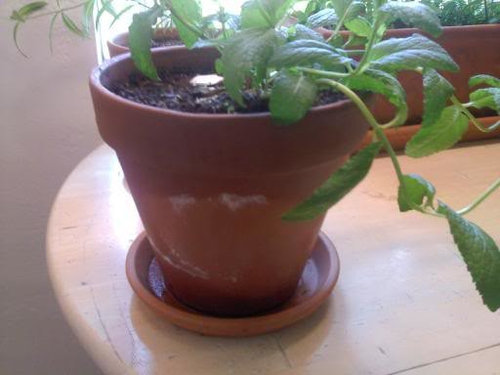

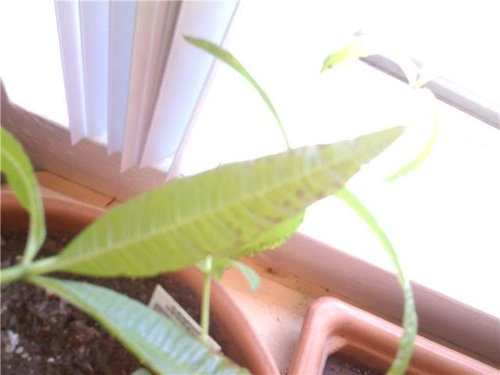

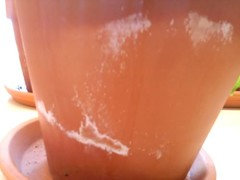
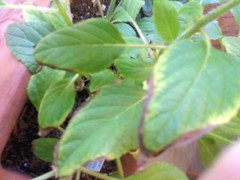
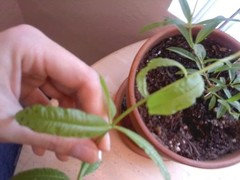




rhizo_1 (North AL) zone 7